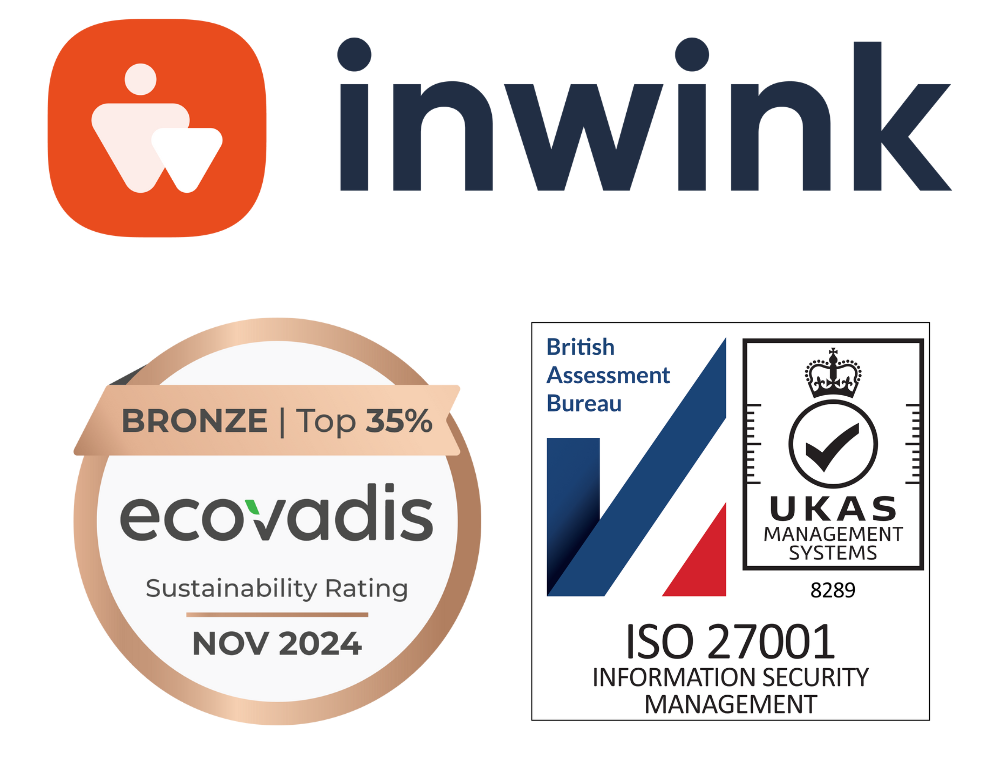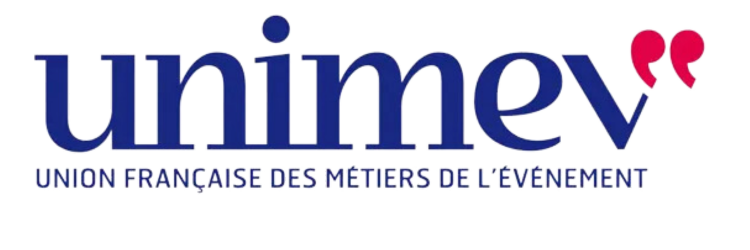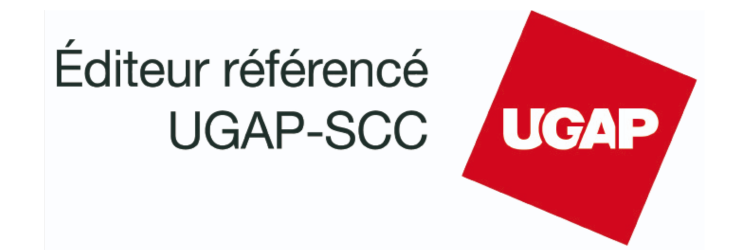If you’re a marketing manager or a professional event organizer, you’re in charge of orchestrating and planning a complex set of intertwined tasks: generate registrations, keep your registrants informed, interact with partners and sponsors, build the program, manage speakers, measure attendance, foster interactions between participants, etc.
BtoB marketers have long worked with an accumulation of tools in order to paint the bigger picture.
Nowadays, there are solutions that allow you to do EVERYTHING within one single integrated tool (for example: inwink). This leads to being more efficient, keeping event data all in one place without scattering.
1) Event technologies: A multitude of different tools with very specific uses
For a long time, professional events were managed in a very manual way: a list of participants kept in a spreadsheet, a paper list of attendees, mass invitations via badly targeted emails with attachments, pre-printed paper badges, etc.
Event technologies have grown since then, but the market offers are often divided and don’t cover the full spectrum of the demanding BtoB marketer’s needs. This leads to working with a patchwork of tools that are difficult and costly to integrate.
Some organizers use up to 10 tools for the same operation: a CMS for their event web page, a registration management platform, an emailing software, a specific application for networking, a survey tool for collecting satisfaction, a reporting tool, a badge editor, a live interactivity application, etc, etc.
This complex assembly of distinct tools has important consequences for the organization, for the participants and for the partners, as well as for the measurement of the event’s impact:
- A disjointed participant experience: Participants navigate from one app to another, with different logics and different designs that don’t often reflect the marketer’s brand but the tool’s brand. The participants’ experience is disjointed, and their impression of your company isn’t great.
- Scattered data collection: Data is spread across different platforms and it’s nearly impossible to reconciliate them. These silos lead to inconsistencies in information collection, cause data loss, and make event measurement very complicated.
- Significant productivity loss: Since each tool has its own logic, the organizing team puts a lot of effort into configuring and using this set of tools. Collaborative use is compromised, the team’s productivity is decreased, and the purchase of multiple products results in additional expenses. All in all, inefficient for the organizer.
So how can you get rid of these difficulties?!
2) The power of integrated, all-in-one platforms for event planning
The savvy BtoB marketer knows that, when it comes to events, the digital experience has a strong impact on the way participants perceive the event and the company who organized it. The marketer wants to maximize data collection to measure the impact of their event, while complying with GDPR guidelines and ensuring the security of data.
It is because they provide an effective response to these requirements that integrated, “all-in-one” event platforms are the best choice.
In addition to offering a wide range of functionalities, these integrated solutions also provide:
- A better understanding of the participant journey: An all-in-one solution allows you to have a complete and accurate view of participant activity throughout the event cycle, from registration to participation, and including feedback.
- Real-time integration with your marketing ecosystem: Attendee data is valuable information. With an integrated solution, this data can be easily synchronized with the other tools of your martech: upstream to the marketing automation tool, and downstream to the CRM tool. This makes data available in real-time for the marketing teams as well as for the other parties concerned in the company (Sales, etc.).
- Scalable deployment: The all-in-one approach allows you to activate functionalities according to the format and objectives of the event.
All-in-one event platforms, such as inwink, allow the marketer to gain efficiency, centralize planning and to offer a better experience to participants. Why not try it today with inwink?




